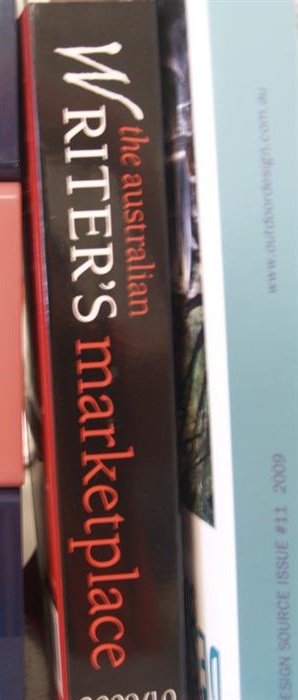 Publishing has Changed
Publishing has Changed
For some that has meant loss of job opportunities
BUT for others it means NEW and EXCITING OPPORTUNITIES
Now is a perfect time to prepare for a career in publishing
Study, get a foundation, keep an open mind and sieze on opportunities. Print media is changing but not disappearing. Electronic media is still establishing itself. Structures and ways of earning a living in publishing are very fluid, but opportunities abound for anyone with creativity, imagination, technical skill and a strong ability to communicate.